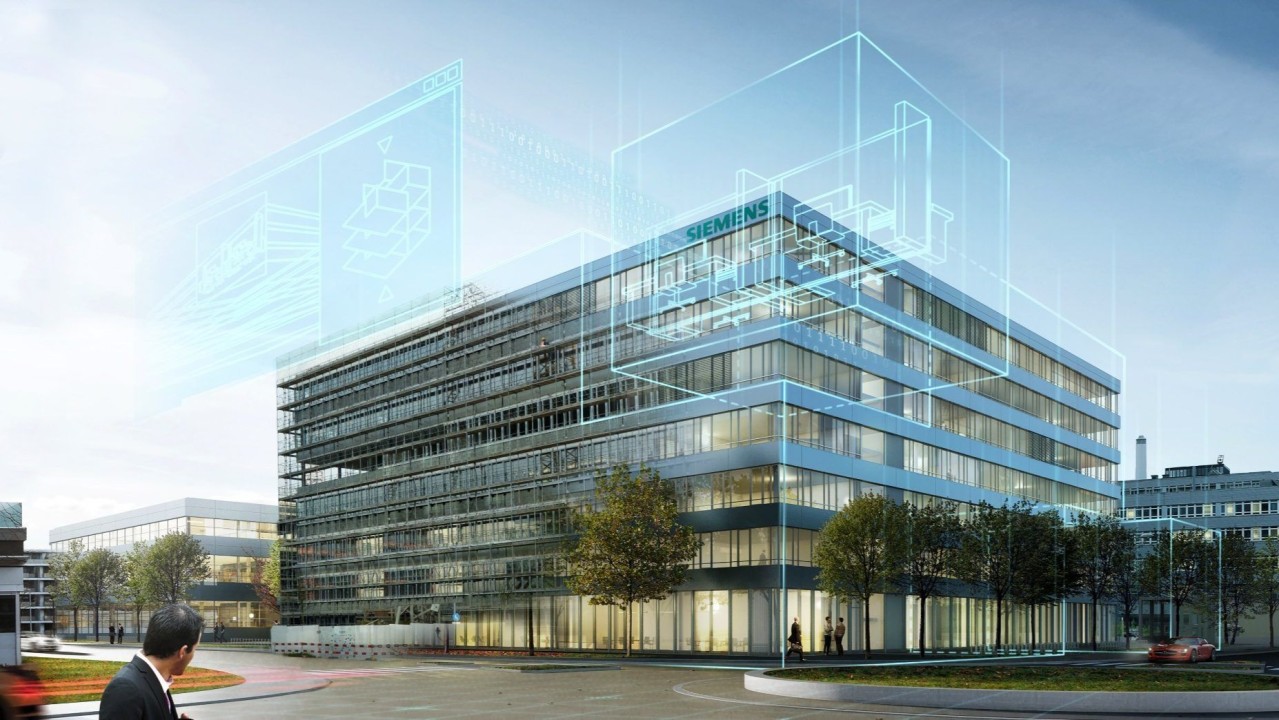The architectural landscape is evolving at an unprecedented pace, thanks to the transformative potential of Artificial Intelligence (AI) and Virtual Reality (VR). These technologies are redefining the way architects conceive, design, and evaluate structures, offering new levels of precision, efficiency, and creativity. From generating art concepts to analyzing material strength and construction sustainability, AI and VR are empowering architects to build smarter, faster, and more resilient structures.
AI-Driven Art Concept Generation
One of the most exciting applications of AI in architecture is its ability to generate design concepts. AI-powered tools can analyze vast datasets of architectural styles, historical references, and environmental factors to produce innovative and unique design ideas. Generative Adversarial Networks (GANs) and deep learning algorithms can create stunning visualizations that blend creativity with functionality, allowing architects to explore new aesthetic possibilities with minimal effort.
These AI-generated concepts not only speed up the creative process but also provide architects with a diverse set of options that align with client preferences, sustainability goals, and cultural influences.
AI and Material Strength Analysis
Material selection is a critical aspect of architectural design, influencing a structure’s durability, sustainability, and safety. AI-driven material analysis tools assess the strength, longevity, and environmental impact of various building materials. Using machine learning models trained on historical performance data, AI can predict how materials will behave under different conditions, ensuring optimal choices for structural stability.
Furthermore, AI enables predictive maintenance by identifying potential weaknesses in construction materials before issues arise. This proactive approach reduces costs, enhances safety, and extends the lifespan of buildings.
Structural Stability and Sustainability Analytics
AI algorithms are now capable of performing advanced simulations to test the resilience of architectural designs against natural disasters, climate change, and urban development challenges. By analyzing factors such as wind loads, seismic activity, and weight distribution, AI helps architects design structures that are not only visually stunning but also structurally sound.
Moreover, sustainability is at the forefront of modern architecture. AI can evaluate the environmental impact of materials and suggest eco-friendly alternatives that optimize energy efficiency and reduce carbon footprints. This aligns with global initiatives toward greener construction practices and sustainable urban planning.
VR for Immersive Architectural Modeling
Virtual Reality (VR) has revolutionized architectural visualization by allowing architects, clients, and stakeholders to experience designs in a fully immersive environment. VR enables real-time walkthroughs of structures before construction begins, offering an unparalleled level of spatial awareness and design refinement.
With VR, architects can assess proportions, materials, and lighting conditions in a simulated environment, ensuring that every detail meets the intended vision. Clients can explore and interact with spaces, providing valuable feedback that enhances the final design. This significantly reduces costly modifications during the construction phase and improves overall project efficiency.
AI-Enhanced Workflows: From Photographs to 3D Models
AI-powered software can convert simple photographs into detailed 3D architectural models. This technology leverages computer vision and deep learning to analyze images, extract geometric information, and generate accurate representations of structures. Architects can use this capability to reconstruct historical buildings, create digital twins of real-world environments, or seamlessly integrate new designs into existing cityscapes.
Additionally, AI assists in color selection and material matching, ensuring that new constructions blend harmoniously with their surroundings. By analyzing existing photographs, AI can recommend the best color palettes and textures, preserving architectural continuity while introducing modern aesthetics.
The Future of AI and VR in Architecture
As AI and VR technologies continue to advance, their integration into architectural workflows will become more seamless and sophisticated. AI will play a larger role in generative design, automated blueprint creation, and real-time structural assessments, while VR will enhance collaborative design processes and client engagement.
By leveraging the power of AI and VR, architects can push the boundaries of innovation, creating structures that are not only aesthetically inspiring but also functionally superior and environmentally sustainable. The future of architecture is digital, and those who embrace these cutting-edge technologies will lead the way in shaping the built environment of tomorrow.
This article is brought to you by Richman Software Development, a leader in AI and VR solutions for the architectural industry.
#AI #VR #Architecture #ArtificialIntelligence #VirtualReality #TechInnovation #DigitalTransformation #SustainableDesign #MachineLearning #GenerativeDesign #SmartConstruction #BuildingTheFuture #ArchitecturalVisualization #3DModeling #StructuralEngineering #MaterialScience #RichmanSoftwareDevelopment




